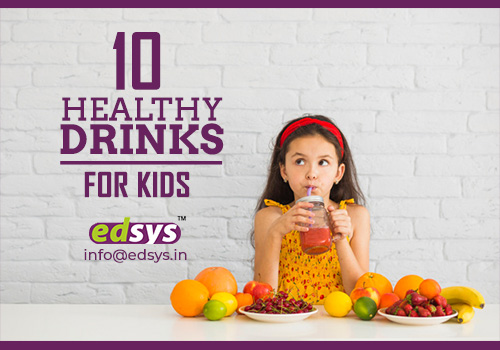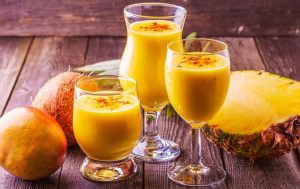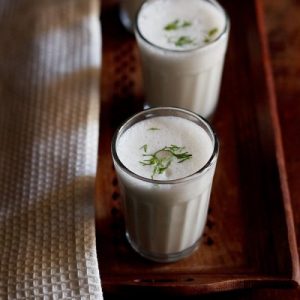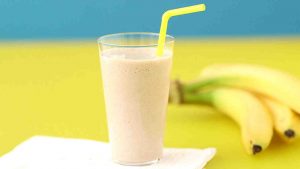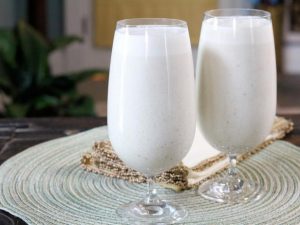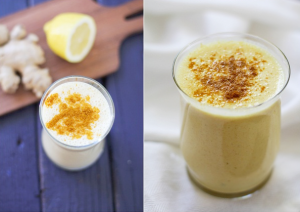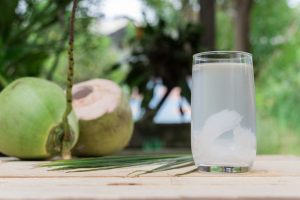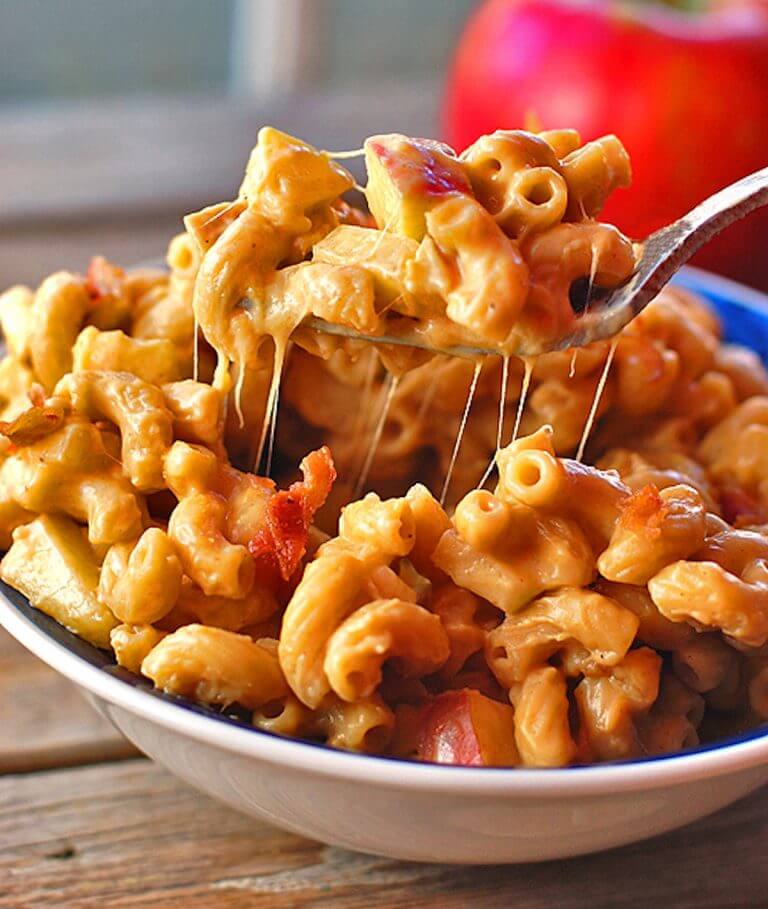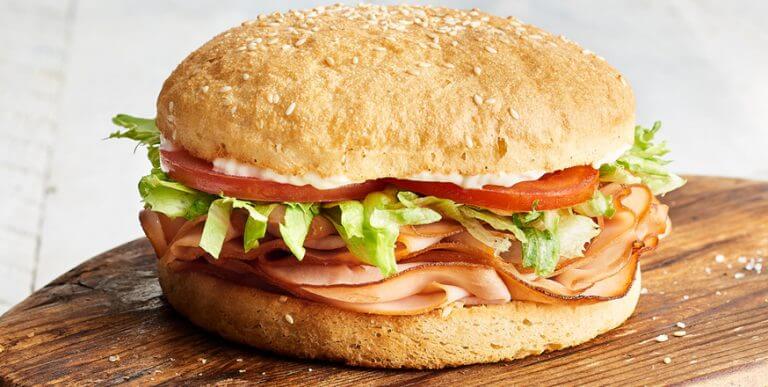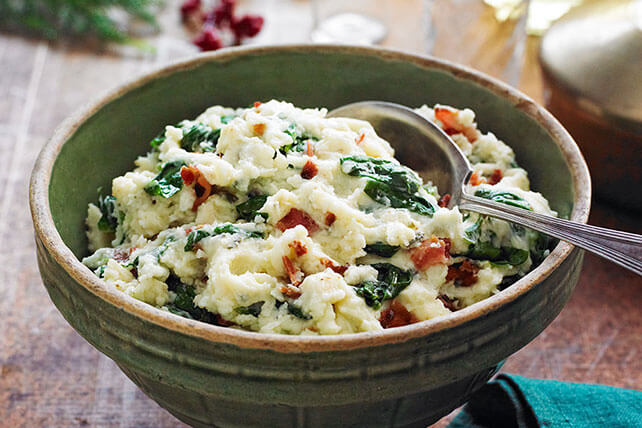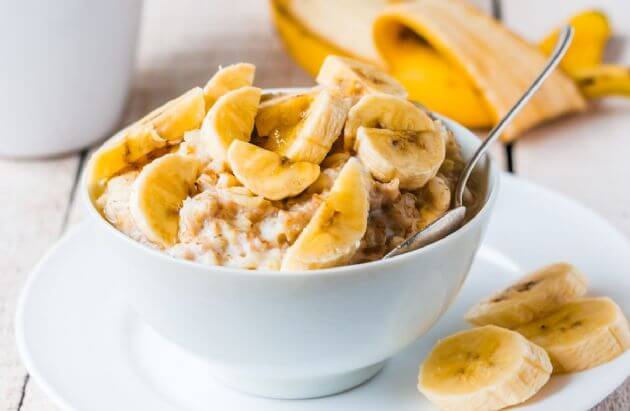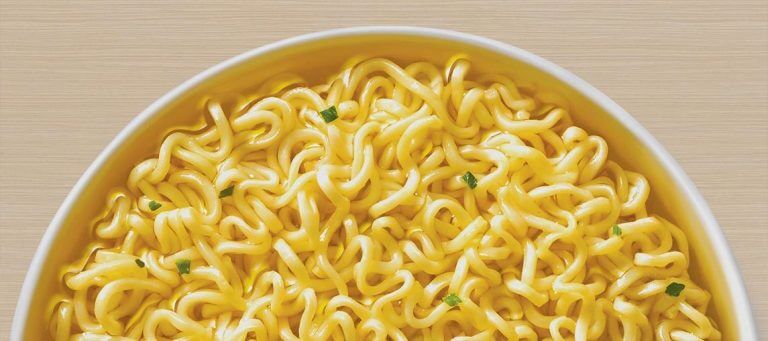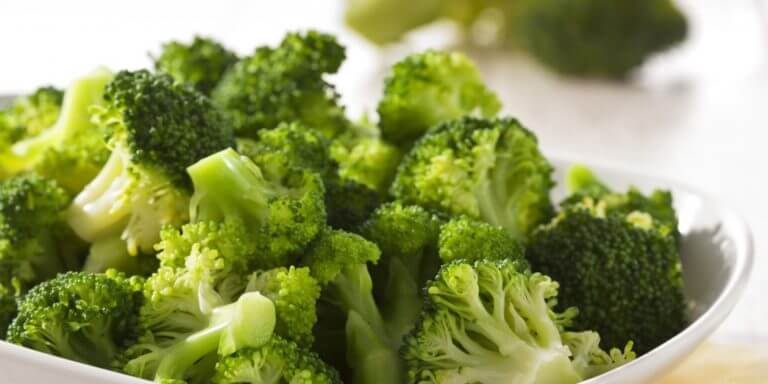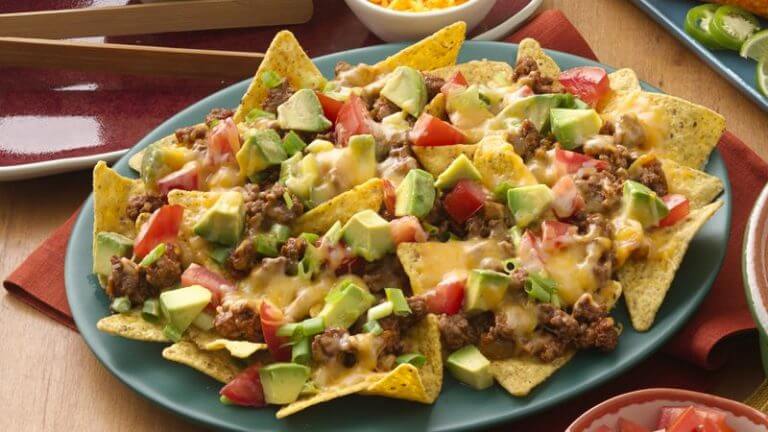As you attempt and consolidate a more significant amount of it in your child’s diet, it is vital for you to know the significance of different vitamins. The one is known as Vitamin D, which conveys numerous health benefits. This necessary vitamin is available just in a couple of assortments of sustenance.
As a parent, it is significant for you to make sure that you are giving the right amount of vitamin D to your child’s. The necessity of Vitamin D for kids starts at the fetal stage and proceeds for the duration of one’s life.
Vitamin D insufficiency in children can have antagonistic health results, for example, development failure as well as rickets. In the year 2008, the American Academy of Pediatrics expanded its recommendation every day admission of vitamin D for kids, babies, and teenagers to 400 IU.
Babies who are breastfed and kid’s and young people who expend under 1 L of vitamin D– braced milk every day will probably require supplementation to achieve 400 IU of vitamin D every day.
This proposal depends on master conclusion and later clinical preliminaries estimating biomarkers of the status of vitamin D for kids. It is additionally founded on the point of reference for avoiding and treating rickets with 400 IU of vitamin D.
Additionally, these dietary sources, exposure to bright B daylight gives children and grown-up’s extra vitamin D. Even though the American Academy of Pediatrics suggests keeping newborn children out of direct sunlight, diminished daylight may build children’s danger of vitamin D insufficiency.
No randomized controlled preliminaries evaluating persistent arranged results have been performed on all-inclusive vitamin D supplementation. In any case, vitamin D may decrease the danger of specific contaminations and constant maladies.
Doctors should help guardians pick the suitable vitamin D supplement for their youngster.
While restoring the vitamin D inadequacy pandemic might be a far-off objective, you can find a way to guarantee your youngster is getting enough vitamin D:
>>Start enhancing your kid with 1,000 IU of vitamin D per 25 pounds of body weight.
>>Following two months of supplementation, test your kid’s vitamin D levels. (The Vitamin D Council offers a 25(OH)D in-home test unit at the most reasonable cost in the U.S.)
>>If your kid isn’t inside the ideal scope of 40-80 ng/ml (50 ng/ml is perfect), at that point alter their supplementation routine as needs are. Retest their vitamin D levels two months in the wake of rolling out any improvements to their supplementation routine.
>>Tragically, regardless of the expanded proof of vitamin D’s outstanding job in children’s health, the pervasiveness of youth vitamin D lack stays high all through the world.
Know More: 20 Healthy College recipes that you can make in your dorm room
How to Find Vitamin D for kids Naturally?
Also, vitamin supplements and improved food are other approaches to build vitamin D for kid’s diet. Search for nourishments braced with vitamin D, for example, milk, grain, squeezed orange, yogurt, and margarine. Vitamin D is found naturally in just a couple of sustenance. See natural sources recorded in the diagram underneath.
How does vitamin D for kids work?
Vitamin D is fat-solvent, implying that it breaks down in fat rather than water and can be put away in the body. It’s a remarkable vitamin as in it acts as a hormone now and again, driving specialists to allude to it as a “prohormone.”
Because of its one of a kind structure and capacity, vitamin D has been appeared to have receptors all through the body which could affect a shockingly broad scope of health factors.
A well-recorded function of vitamin D is aiding calcium digestion, which benefits bone development and support.
Different territories that are less decisive yet at the same time subjects of vitamin D for kids explore the job in:
>>Insulin creation and glucose digestion and hence the effect on diabetes.
>>A healthy circulatory system and impact on coronary illness.
>>Brain health, including melancholy and another mental, scatters.
>>Supporting a robust and resistant environment, enabling the body to battle diseases.
What is the Importance Of Vitamin D for kids?
1. Vitamin D is significant for the improvement of kids.
2. It encourages your kids to get enough calcium and phosphate that makes their bones more grounded. If you feel that giving milk alone can get the job done the prerequisite, you are entirely off-base.
3. There are commonly two kinds of vitamin D – Vitamin D2 and vitamin D3.
4. D2 is otherwise called ergocalciferol and is for the most part delivered by plants.
5. D3 is otherwise called cholecalciferol. It is delivered naturally by our human body when our body gets presented to sunbeams.
6. Both D2 and D3 are necessary for the body to assemble more grounded and healthy bones, particularly for your kids.
7. Generally, you may feel that playing outside in the sun for quite a while and drinking milk will help your kids in getting enough Vitamin D, yet this isn’t valid.
8. Vitamin D causes the body to retain minerals like calcium and aides in structure solid bones and teeth.
9. Vitamin D goes about as a hormone and aides in managing the insusceptible framework and cell development.
10. It encourages your kids to avoid rickets, which is a bone ailment that prompts bone cracks and disfigurement
11. A Study has also confirmed kids with ADHD (Attention Deficit Hyperactivity Disorder) as contrasted with NON-ADHD peers. So, kids with ADHD have lower levels of Vitamin D, recommending the need to examine the levels of Vitamin D in all the kids with ADHD.
12. There are various studies stated the link between stable moods and healthy vitamin D levels. Children with low vitamin D levels had a higher chance of mood concerns.
Dosage Information Vitamin D For Kids:
Here is a thought of the measurements that your child needs, according to the age. Do have a word with your pediatrician before you give your child the equivalent:
Newborn children beneath the period of a year need somewhere around ten small scale grams of Vitamin D every day, which is 400 International units(IU).
Newborn children over the age of a year need 15 miniaturized scale grams of Vitamin D every day, and that is 600 IU.
Substances That Help You Get Vitamin D:
Here are a few foods with vitamin d for kids:
1) The half large egg has 10 IU of Vitamin D.
2) A half ounce of cheddar (Swiss cheddar) has 6 IU of Vitamin D.
3) Some low-fat milk has 49 IU of Vitamin D.
4) Yogurt of 6 ounces has 80 IU of vitamin D.
5) Half container squeezed orange has 50 IU of vitamin D.
6) Half container prepared to eat oat has 19 IU of Vitamin D.
Impacts Of Vitamin D For Kids:
Vitamin D for kids ought to dependably be taken by the necessity. Taking beyond what required measures of Vitamin D can be extremely destructive.
An over portion of vitamin D in children makes one’s body consumes an excess of calcium. This will get kept in your child’s body, which thus harms the kidney.
Taking excessively little is likewise unsafe as this can prompt bone breaks and bone disfigurement.
Know More: 10 Healthy Drinks for Kids Besides Water
Getting enough Vitamin D
Vitamin D has been made into the skin throughout the sunlight. This procedure is incredibly quick—it just takes a couple of minutes of sunlight to make a considerable measure of vitamin D for kids.
Hence, due to worries over sun presentation, numerous children don’t get enough immediate daylight to get sufficient vitamin D for kids.
Additionally, vitamin D is difficult to get from diet alone. It is available in little sums in greasy fish, just as liver, cheddar, and egg yolks.
In 2012, the AAP distinguished an “alarming increment” in the recurrence of severe vitamin D insufficiency.
Also, in respect to safe sun exposure, numerous children get their vitamin D from enhancements or invigorated substances.
Milk and newborn child recipe are both energized with vitamin D; milk have around 100 IU per container, which means a kid would need to drink milk every day to get his or her suggested portion.
Bosom milk is a poor wellspring of vitamin D, so the AAP recommends to get supplemental vitamin D for kids starting in an initial couple of long periods of life.
Vitamin D is accessible as a dietary enhancement, for the most part as a gel top or liquid drops.
The drops, which are available over the counter, are ideal for newborn children and little children since they are anything but difficult to direct and can be joined with fluids.
Converse with your pediatrician and adhere to the dosing directions on the bundle to guarantee your youngster is getting sufficient vitamin D.
It is essential to guarantee your child is getting the appropriate measure of Vitamin D for kids. Have a word with your child’s specialist to find out about the measurements.
Beginning your child on a healthy eating propensity at an early age will make way for a healthy life over the long haul. Have any exceptional tips to share? Tell us in the comment section.




